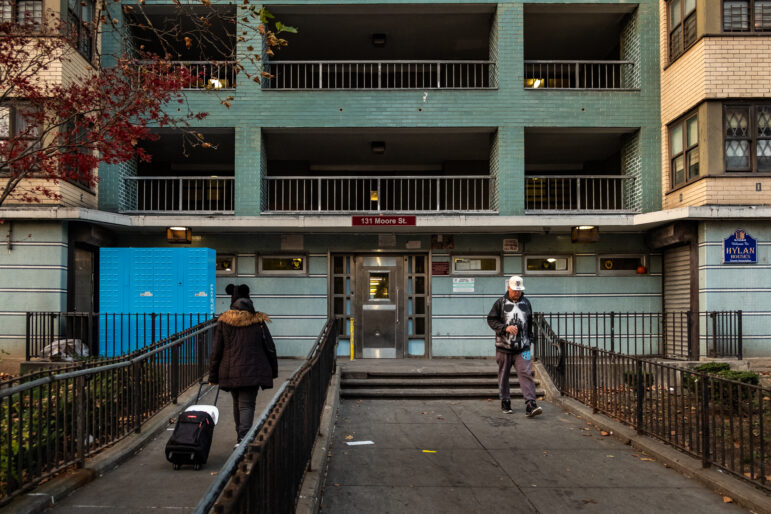Just before midterm elections last November, a Gallup poll found only 39 percent of Americans believed President Obama deserved re-election, while 54 percent felt that he should not get another term. The subsequent losses for Democrats in Congress led the president to fall on his sword and promise that he would pay more attention to the needs of voters. In political parlance, he acknowledged that his communication to–and with—the nation’s other political leadership needed an overhaul.
Not surprisingly, at a December 10th White House press conference to announce the extension of the Bush-era tax cuts, Obama ceded the podium to former President Clinton to bring home the message. Comedian John Stewart quipped that Obama must have been desperate to turn the microphone over to the “Michael Jordan of press conferences.”
The juxtaposition was profound. An intellectually stunning and seemingly post-political president who defied party establishment to get elected needed an assist from the standard-bearer of Democratic ideology who shifted Democrats to the middle during the 1990s following similar loses in Congress. While the midterm elections were a touchstone for Obama’s presidency, perhaps Clinton’s appearance portends more for how Obama intends to maneuver in the two years leading to his bid for re-election.
Typical liberal Democratic institutions and players in New York, and nationally, may not fare well in the new paradigm. But the centrist vein of New York politics—which, despite New York’s lefty reputation, have dominated New York state and city for a generation—could strike a mutually beneficial alliance with the president.
New York City has a five-to-1 Democrat-to-Republican enrollment ratio, but by the time of the next mayoral race in 2013, New Yorkers will have gone 20 years without a Democrat as mayor. The last Republican Governor, George Pataki, was elected for 12 years. He was, at the time of his departure, the longest-sitting governor in the country, but his blue-state bona fides make him too moderate for a national Republican ticket.
The president has himself helped New York track a centrist course. Last year’s public dismantling of Democratic Governor David Paterson’s re-election effort was profound; there were overt multiple signals from the White House that Andrew Cuomo, a potential primary opponent for the sitting governor, was preferred. Paterson eventually pulled out of an election bid, stepping aside so that Cuomo, who struck a decidedly centrist tone, could ease into office virtually unopposed.
When Mayor Michael Bloomberg, a Republican turned Independent, ran for a third term after a heated battle to extend term limits, Democratic nominee and former City Comptroller Billy Thomson, an African American, received little public support from the president.
The Obama campaign refuted tough talk from both conservatives and liberals in the 2008 campaign and rejected typical Democratic institutions on the way to a huge electoral win over McCain. What looked then like a resounding victory now seems tenuous, and the president’s task more daunting, with Democratic strongholds in the North East shrinking as more and more residents move south to traditionally red states looking for jobs. New York alone has lost two more Congressional seats as a result of the out-migration.
But Cuomo and Bloomberg could help Obama stake out a political middle ground. Recent speeches by both the governor and the mayor struck similar tones as they pushed for wage freezes and pension reform – two issues unions are sure to challenge, but Republicans are certain to cheer. They spoke of job creation and tax relief for businesses and property owners in a fashion more closely aligned to their Republican counterparts. They’ve vowed to cut spending and balance the budget without raising taxes.
Assuming this jibes with the Obama Administration’s view of governance for the next two years, New Yorkers could see savings in key areas of the City and State budget soon.
Any rancor by local Democratic and Republican leaders would be met harshly by voters themselves. In the past five years, both parties failed to capitalize on successes in State Senate, citywide or statewide races and have left younger voters disengaged and disinterested.
Heading into next week’s State of the Union address, Barack Obama’s approval ratings are at 54 percent, bolstered by good press on the extension of the Bush-era tax cuts and his familiar turn as healer-in-chief in the aftermath of the Tuscon shootings. He has also announced the reshuffling of his White House political staff to set up the beginning of his re-election campaign, which is slated to begin in by April of this year.
These changes and his surge in approval rating follow what was surely a calculated approach to move his administration and his party to the center. New Yorkers benefit if Cuomo, Bloomberg and others can be used as models for the kind of agenda the president will need for the next two years.








